Web Based Controllers
trclac
10 years ago
Related Stories
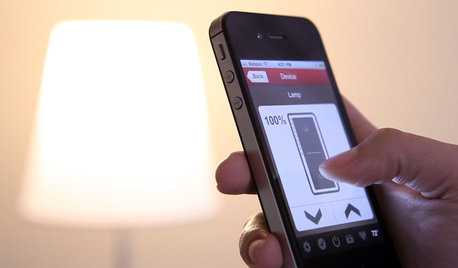
HOME TECHSwitch On the Phone-Controlled Home
Lock your front door from afar, let your thermostat set itself and more when you use your phone as a control device
Full Story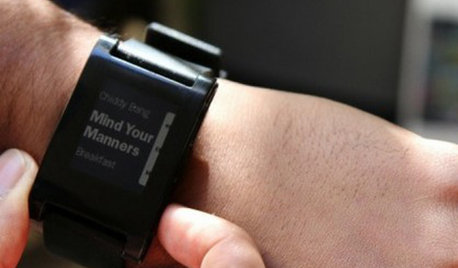
MOST POPULARHow Bluetooth 4.0 Will Change Remote Control
Manage lights, TV, refrigerators and more through your phone or tablet when the latest wireless technology rolls into all your home devices
Full Story
HEALTHY HOMEWhat to Know About Controlling Dust During Remodeling
You can't eliminate dust during construction, but there are ways to contain and remove as much of it as possible
Full Story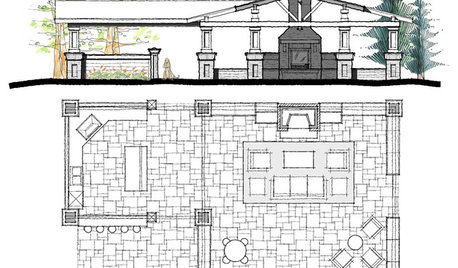
LANDSCAPE DESIGNClimate Control: Work With Nature's Elements for the Best Outdoor Space
Consider sun, wind and water where you live for a deck or patio that's as comfortable as possible all year long
Full Story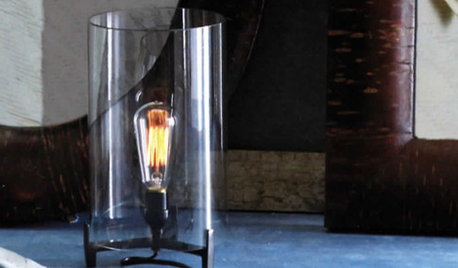
PRODUCT PICKSGuest Picks: The Best of the Best Little Web Shops Around
No Need to Shop 'Til You Drop: Get Gorgeous Hard-to-Find Goods at These Online Stores
Full Story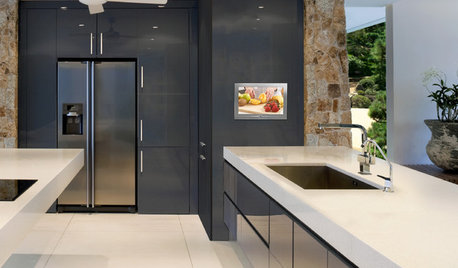
KITCHEN DESIGNHome Tech: Make a Place for the Web in the Kitchen
See why the heart of the home may be the perfect place to connect to the internet — and each other
Full Story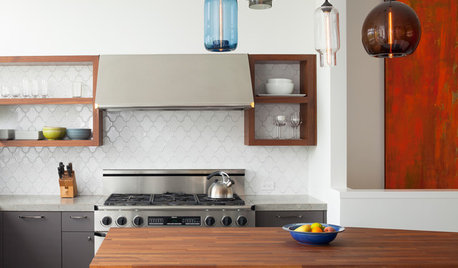
HOME TECHHarness the Cloud: 8 Ways to Automate Your Housekeeping
Make life easier by scheduling regular deliveries, managing appliances, simplifying meal planning and more via the web
Full Story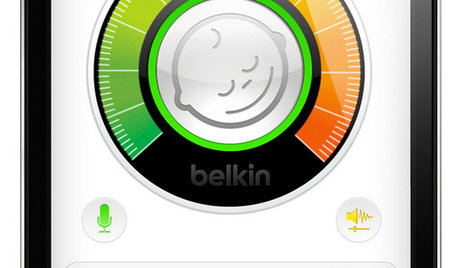
HOME TECHThe Future of Home Automation: Cheap, Wearable and Mobile!
Look for smart watches and glasses that can control your smart-phone apps, which in turn automate your home equipment
Full Story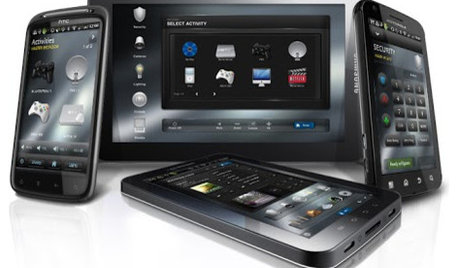
HOME TECHHome Automation Goes Mainstream and Mobile
Why Apple, Microsoft and Google will lead the way to a cheaper and simpler future for the remote-controlled home
Full Story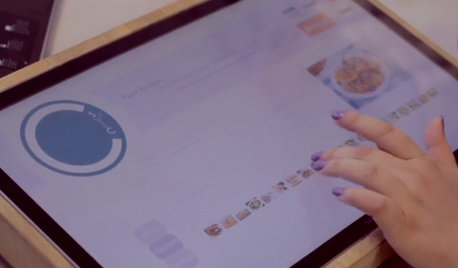
HOME TECHCook Smarter With New Wi-Fi Kitchen Gadgets
Whip up meals with high-tech help, thanks to a phone-connected oven and teakettle, plus a web-surfing cutting board
Full Story







lehua49
monicakm_gw
Related Professionals
Holly Springs Landscape Architects & Landscape Designers · Danbury Landscape Architects & Landscape Designers · Benbrook Landscape Architects & Landscape Designers · West Chester Landscape Architects & Landscape Designers · Anderson Landscape Contractors · Braintree Landscape Contractors · Fort Mill Landscape Contractors · Fort Payne Landscape Contractors · Hickory Hills Landscape Contractors · Lewisville Landscape Contractors · River Ridge Landscape Contractors · Suitland Landscape Contractors · Vashon Landscape Contractors · Greenwich Solar Energy Systems · Muscatine Solar Energy Systemscharles0358
potbelly_gardener
macgruff69
franklyn23